The Wawel Royal Castle in Krakow has been towering majestically over the Vistula River for hundreds of years. It consists of several buildings of different periods and some of Wawel's oldest stone buildings date back to the late 10th century, while the current castle was built in the 14th century and expanded over the next years. During its long history, the castle has witnessed many events, survived dozens of wars, destruction, fires and reconstructions. The Wawel Castle is a symbol of Poland and a place of special significance for the Polish people.
Today I invite you to take a walk with me along the Wawel Hill and look at this admirable castle and its surroundings.
In the early Middle Ages on the Wawel Hill there was a fortified settlement of the Vistulan tribe, while the first settlements on this site date back to the Stone Age. Krakow was the capital of Poland from the 11th to the end of the 16th century, and Wawel was the royal residence. Since 1610, the residence of the Polish kings has been moved to Warsaw, but they continue to be crowned in Krakow.
The reason for the move was a strong fire in the Wawel Castle. It's said that the fire happened because of alchemical experiments in the laboratory, arranged in one of the halls of the castle. However, there were various geopolitical reasons for moving the capital to Warsaw.
The Royal Castle. On the left is the Jordan Tower, on the right is a complex of three towers — the Danish tower, the Hen's foot tower and the Tower of Sigismund III, and right behind the wall is the royal garden.
View of them from the other side.
The church of St. Giles is located almost immediately in front of the fortress wall. Its history dates to 11th century built, although some researches date it to the 14th century. However, it has been rebuilt several times over the centuries. In the 19th century, redevelopment began in Krakow: the defensive fortifications of the Old Town and many dilapidated buildings were demolished. The Church of St. Giles was also planned to be destroyed, but the townspeople opposed this and managed to defend the church.
Near the church stands Katyn Forest Massacre Memorial. A five-meter monument in the form of a cross dedicated to the victims of the Katyn tragedy.
During the Deluge (military invasions in the middle of the 17th century), the castle was partially destroyed and plundered. Later, after the loss of independence by Poland, it fell into the hands of Austrians, who placed a cavalry garrison in it. The Poles could not put up with such an attitude towards the national treasure. A ransom was collected — 3,504,609 Austrian crowns, which was paid to the Austrian government for Wawel. In 1905, the Austrian soldiers left the castle and restoration work began after World War I and continued for several decades.
During World War II, the castle was the residence of the German Governor-General Hans Frank. In the ancient rooms and halls of the royal palace, institutions and apartments for officials were arranged. Luckily, the Wawel Castle and the city of Krakow in general did not suffer much damage during this period, so Krakow has retained much of its medieval charm.
Exhibition and conference center, former Austrian military hospital. The building was designed by the Krakow architect Felix Ksenzharsky in 1856. I love it when buildings are covered with greenery. Yes, I know this is often not very useful for walls, but how beautiful!
On the left of the photo are the Seminary and Cathedral Museum buildings (covered with a tiled roof), the vicar's house (green roof), then the Wawel Cathedral and the building of the royal kitchens, behind which is the royal castle itself.
The Wawel Cathedral used to host coronations of Polish monarchs, and today their remains are buried there. From the original building, only part of the Silver Bell tower and the St. Leonard's Crypt have been survived; the current building was erected in the 14th century. In the center of the cathedral stands the Altar of the Fatherland, on which the monarchs of Poland laid war trophies. Not far from the altar are the royal stone tombs.
One of the towers houses the largest bell in Poland, the Sigismund Bell. People believe that at the time when this ringing is heard, you need to make a wish, and it will certainly come true.
Photography is prohibited inside the cathedral. A very strange ban that always surprises and upsets me. So take my word for it, it's very beautiful there.
Mammoth bones hang in front of the entrance to the cathedral. According to the existing belief, the bones of such an outlandish animal bring prosperity and peace to the land on which they are located.
A stylized letter "K" is depicted on the gates. Among the citizens of Krakow, this symbol is very popular.
Copper model of the Wawel Castle and Krakow.
Slightly to the right of the center of the photo is the Thieves tower of the castle, which was used as a prison. It was built under Casimir the Great. In the sixteenth century, the tower was destroyed by fire and then renovated several times. In the middle of the nineteenth century, it was rebuilt by the Austrians, like many other Wawel towers. In 1950-1951, it was restored to the state of the eighteenth century according to a project prepared under the direction of Witold Minkevich.
In the foreground are the foundations of buildings destroyed at the beginning of the 19th century: the Church of St. Michael, the House of the Keykeeper Kowalski, the House of Canon Stanislav Bork, the Church of St. George.
Arcade courtyard of the castle. Each tier is of a different height, but the proportions are found so well that the whole courtyard is permeated with a feeling of perfect harmony and lightness. Near the place where I stood, there was an entrance to the room where Leonardo da Vinci's "Lady with an Ermine" was shown.
It was also forbidden to take pictures inside the castle. I was very upset because the interiors really deserve to be shown.
The inner halls are hung with ancient tapestries made in Brussels by order of King Sigismund the Old — 365 pieces. During the wars, the Krakow authorities hid them either in the mountains or in monasteries; some of the tapestries burned down in fires. Once the king wanted to replenish the royal treasury and gave the tapestries as a pledge, but the Sejm (Polish parliament) bought them out and since then has only given them to the kings for rent.
Fragments of paintings depicting portraits of Roman emperors in medallions, floral ornaments and decorative compositions on antique themes have survived to this day on the walls of the southern and eastern parts of the castle.
Forged copper drain in the form of a dragon's head.
One of the most interesting halls in the castle is the the Ambassadors' Hall, which is famous for its unique ceiling, in the niches of which there are carved wooden heads of the courtiers, which is why the hall was also called “Under the Heads”. Once there were one hundred and ninety-four of them, only thirty have survived to this day — the rest burned down during a strong fire on Wawel in the 17th century.
Above the entrance to the store on the territory of the castle there is such a nice figurine of an angel. He holds scales in his hands, on the bowls of which he rests his feet.
Some walls of the castle are covered with ivy.
At one of the entrances to the castle there is an equestrian monument to the leader of the uprising of 1794, Tadeusz Kosciuszko. During the WW2, a German general ordered the demolition of the monument, which was immediately executed, and at the end of the war, a copy of the destroyed monument was cast in Germany and brought to Wawel.
An actor in the role of a medieval knight stands under the wall and invites tourists to take pictures with him in some armor.
This lion guards the entrance to the tomb under the Silver Bell tower, where Polish President Lech Kaczynski and his wife Maria are buried.
They died in a plane crash near Smolensk airport in 2010. A delegation consisting of political, military, public and religious figures of Poland flew with the president.
Marshal Jozef Pilsudski, a Polish statesman and politician, the first head of the revived Polish state, the founder of the Polish army, is buried in the second room of the tomb.
View of the Vistula from Wawel Hill.
In the distance you can see the church of St. Stanislaw Kostka.
And I go underground, into the den of the Wawel Dragon, about whom there are several legends. In one of them, the dragon, who terrified the locals, was defeated by cunning: he was given to eat the bait of a lamb stuffed with sulfur, after which, due to unbearable thirst, the dragon drinks a huge amount of water from the river and explodes.
The total length of the "den", which is a limestone cave in the Wawel Hill, is about 270 meters, and only 81 meters are open to tourists. I wonder what's ahead in the cave? Maybe there is evidence of the dragon's stay inside that is not shown to tourists? :)
The first information about the cave appeared in the Polish Chronicle in the 12th/13th century, and since then, if not earlier, the cave has been actively involved in the life of the inhabitants of Wawel Hill.
In the 17th-18th century, a well-known tavern was located in the cave, it was often described in travel notes by famous travelers and foreign diplomats.
After the partition of Poland, when the Austrian forces were stationed on the Wawel Hill, the cave was closed, and the lower entrances to it were walled up.
At the exit from the cave, we met the dragon himself, who spews fire every 5 minutes or at the request of viewers who send SMS by phone. Look closely, flames are visible against the background of the sky. Well, yes, people no longer bring lambs and calves to the dragon, so he has to at least earn his living in this way :)
There is a legend that a mysterious stone is hidden in Wawel — a source of unusually powerful energy. Hindus believe that there are seven main energy centers on our planet, giving a person unprecedented strength. As if the god Shiva once scattered seven stones to the seven cardinal directions. And it seems that one of these stones is now hidden somewhere in the thickness of the Wawel Hill. They say that it is located in the dungeon of the western part of the Wawel Royal Castle, in the chapel of St. Gereon, which does not exist today.
Once a month, ceremonial concerts of ancient music are given in the Senator's Hall in the castle, and performances are staged in the courtyard during the Days of Krakow. And on the Kupala Night, at the foot of the castle along the Vistula River, according to the ancient Slavic custom, girlish wreaths and boats decorated with multi-colored lights float.
Everyone who has visited the Wawel Hill and the castle, having learned their history, weekdays and holidays, takes with him an unfading memory of them.
To be continued.
Posts about the trip:
- Poland PhotoStories. Warsaw. Old Town and a Religious Celebration
- Poland PhotoStories. Warsaw. Walking Around the City, Old and New
- Poland PhotoStories. Warsaw. Views from Above and the End of the Walk
- Poland PhotoStories. Krakow. Restaurant "Pod Baranem"
It's better to watch photos in high resolution.
Camera: OLYMPUS E-M5
You can also see my photos in my blog LJ and in my profile on NatGeo. You can read a short interview with me here.

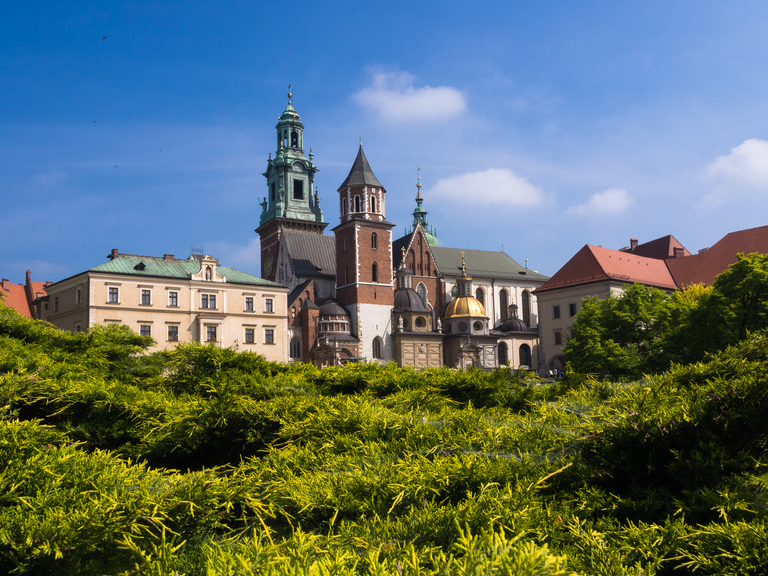

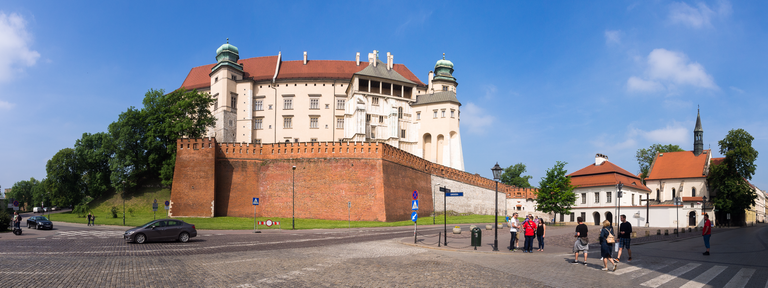
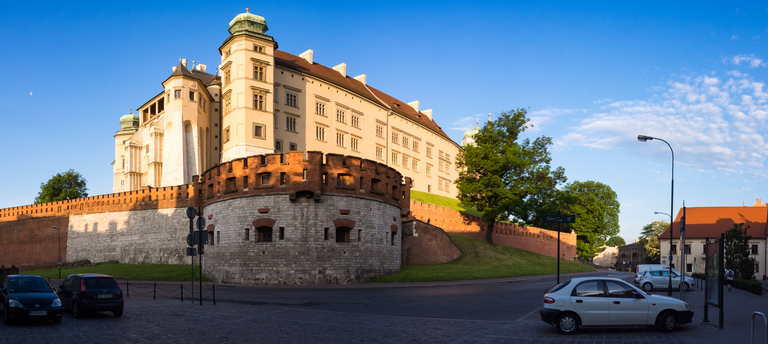
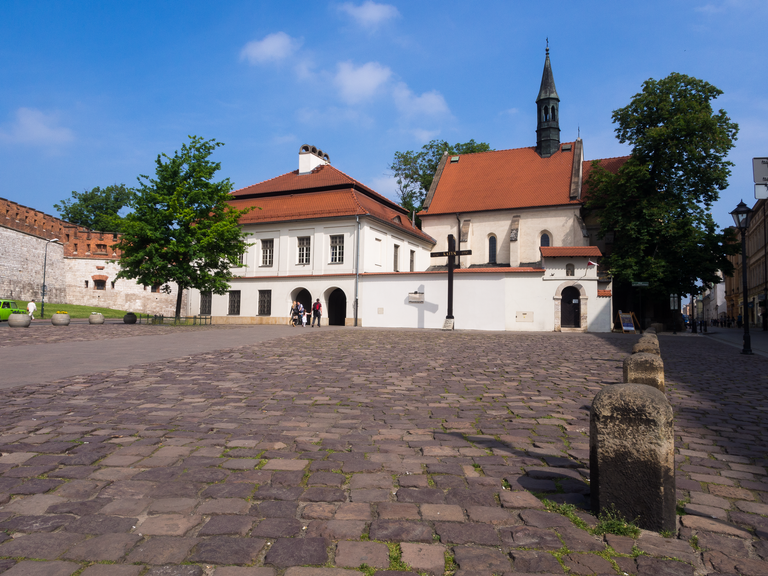
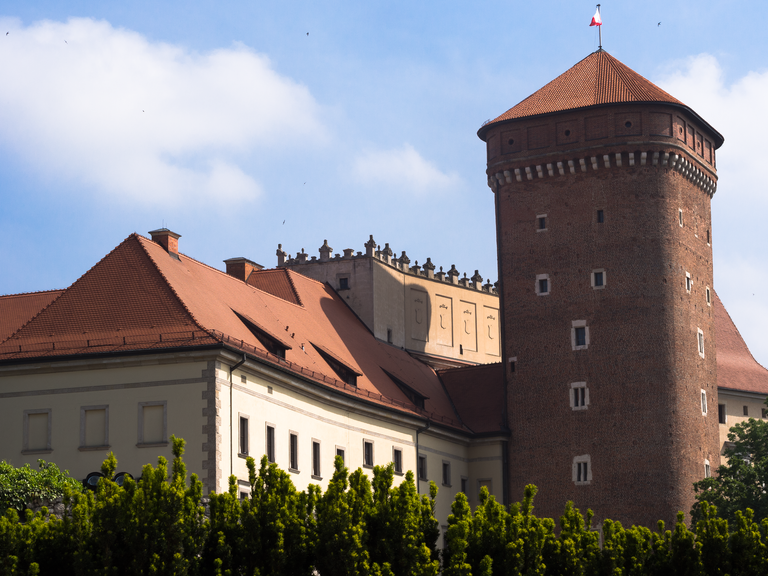
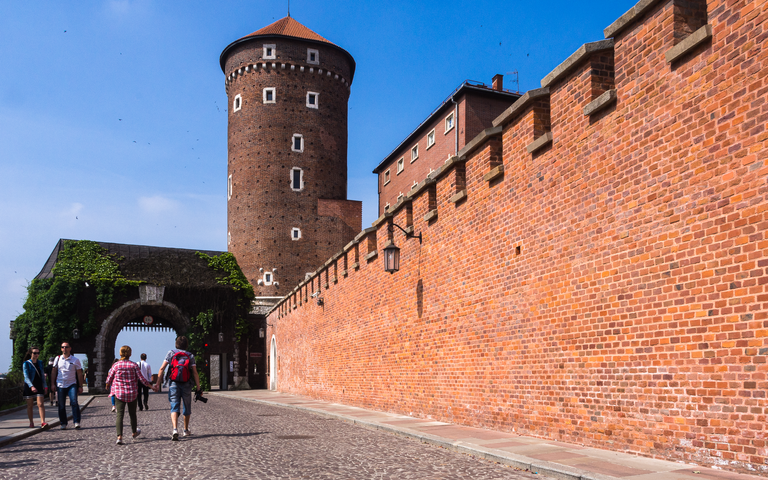


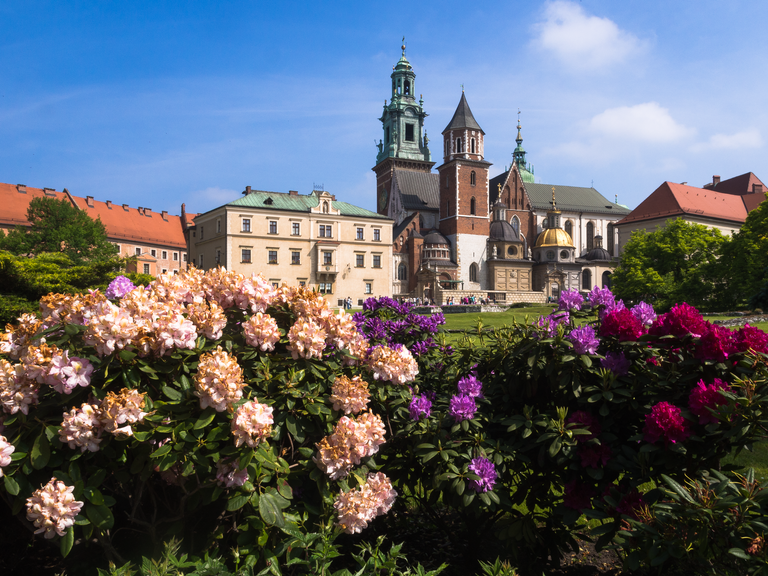

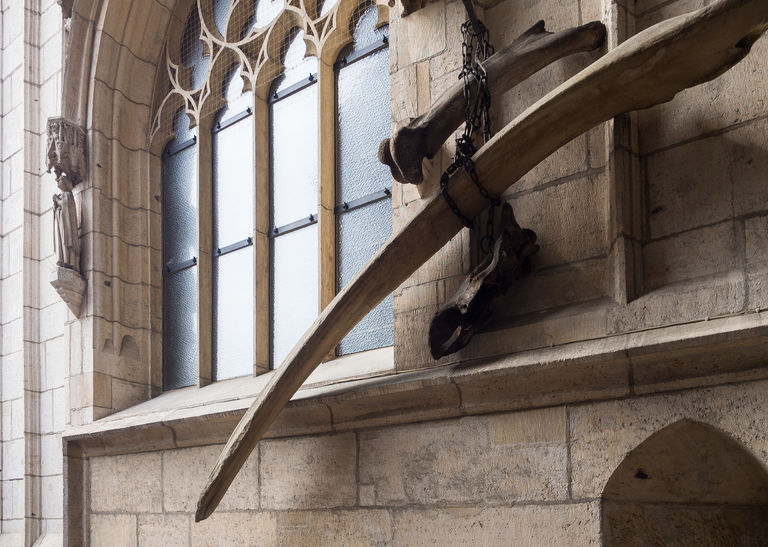
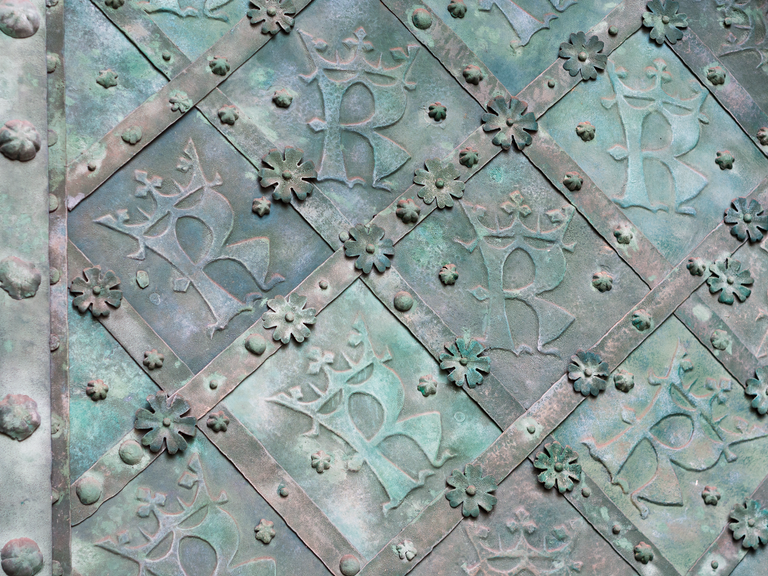
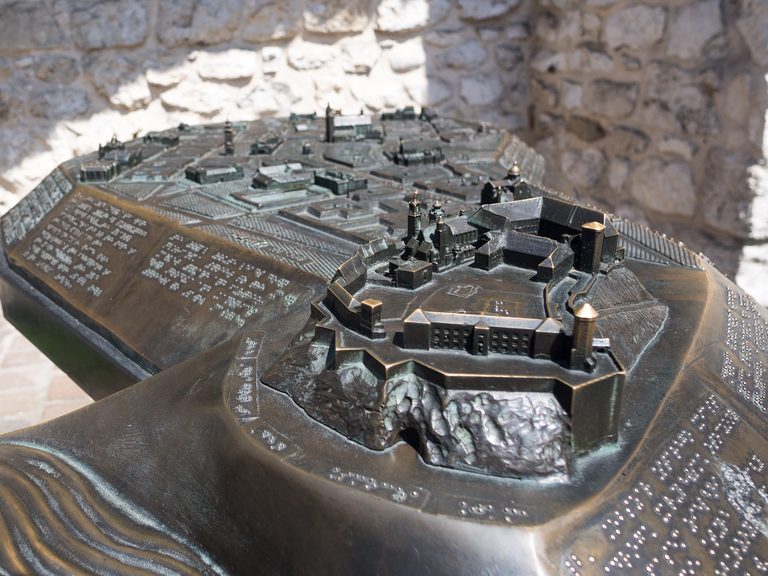

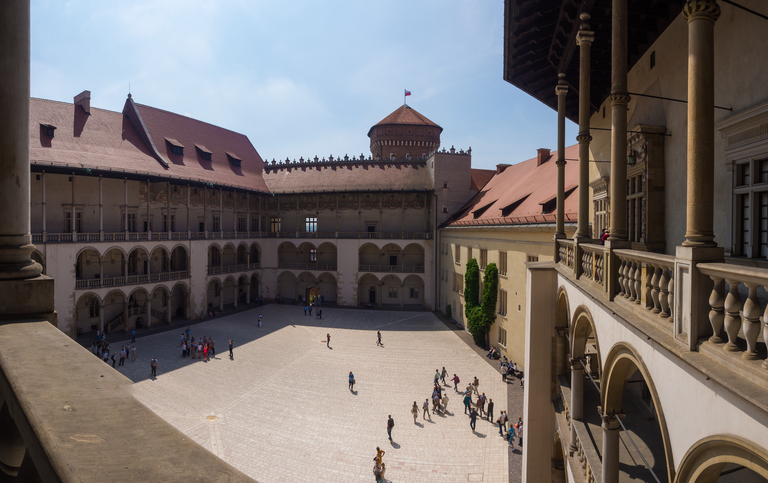
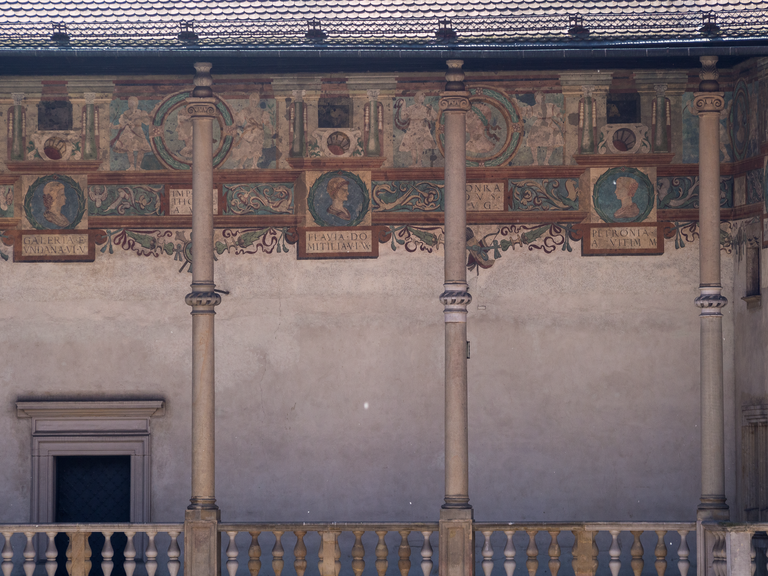
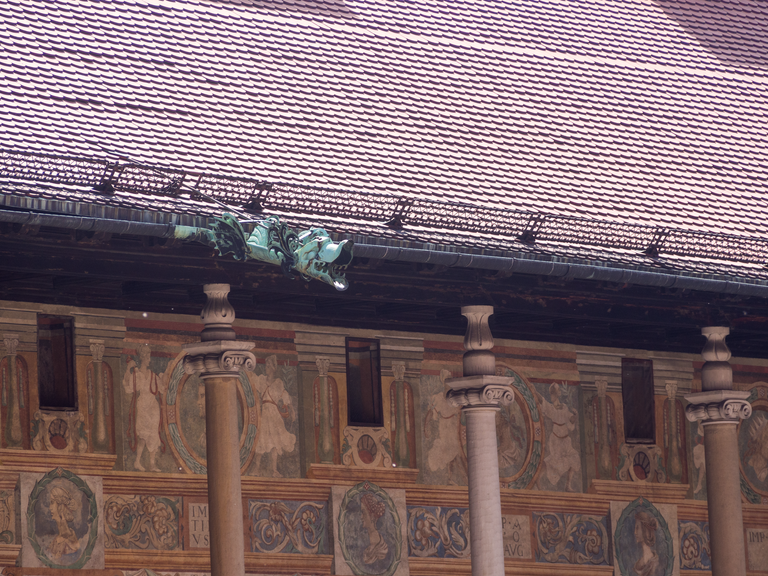
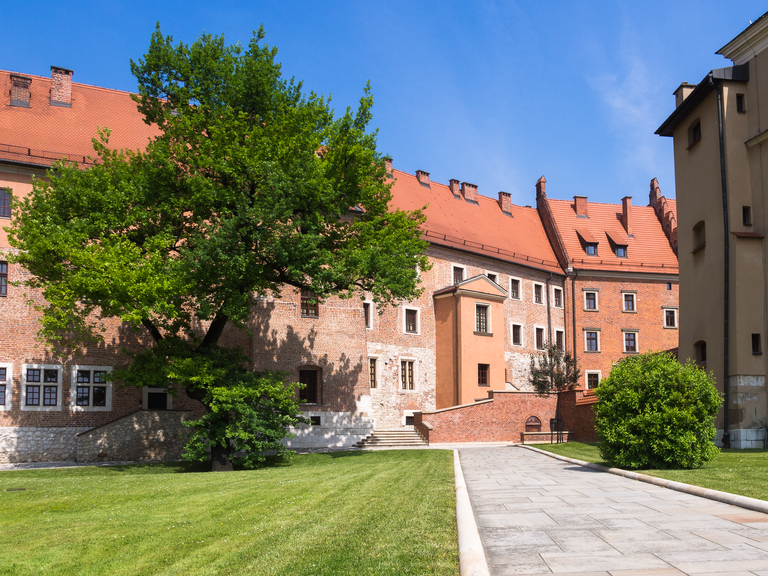
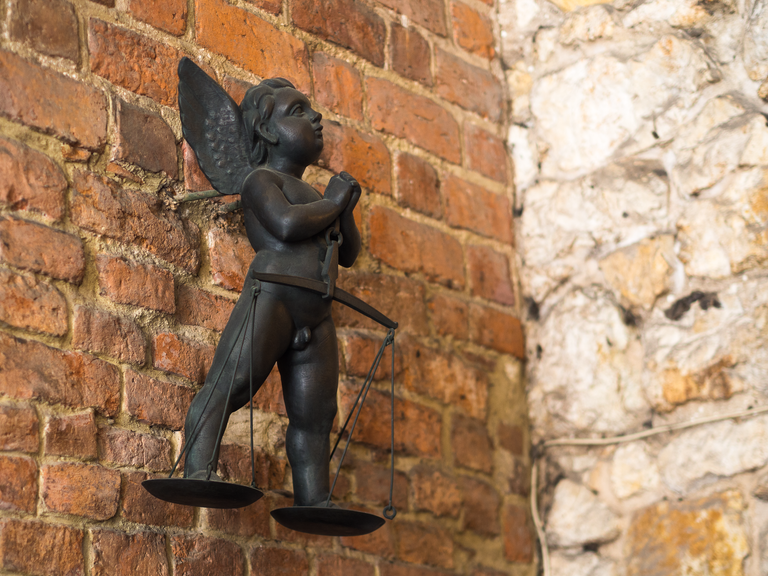
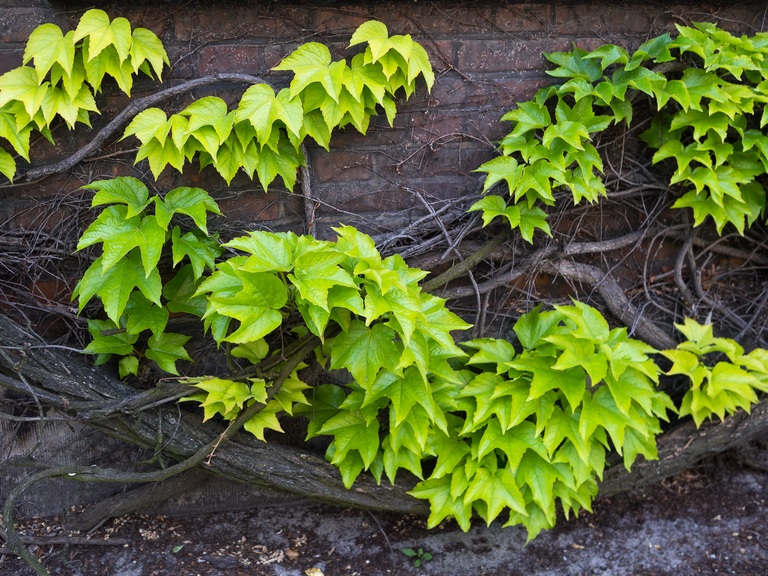

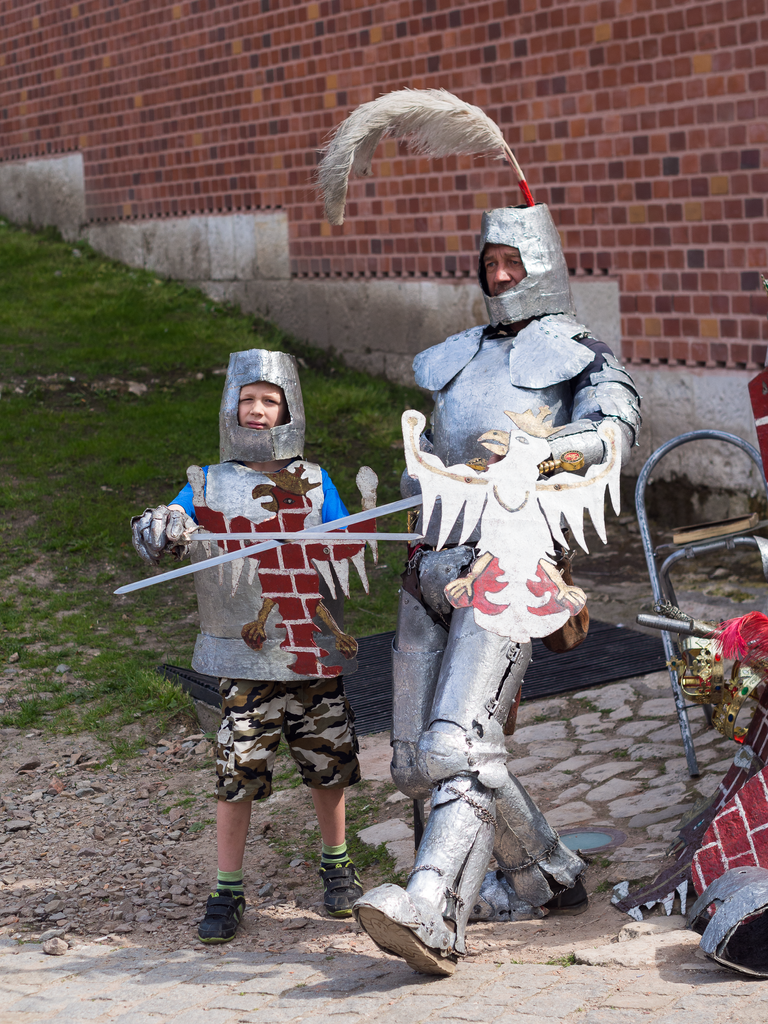
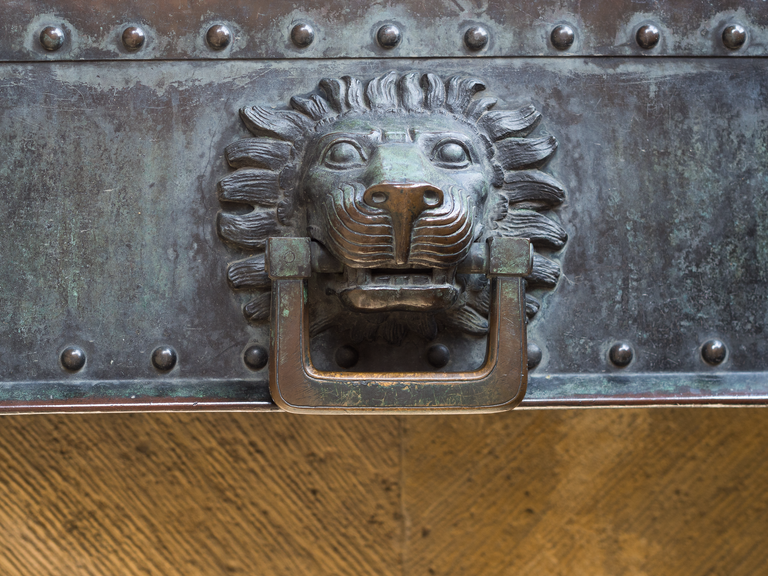
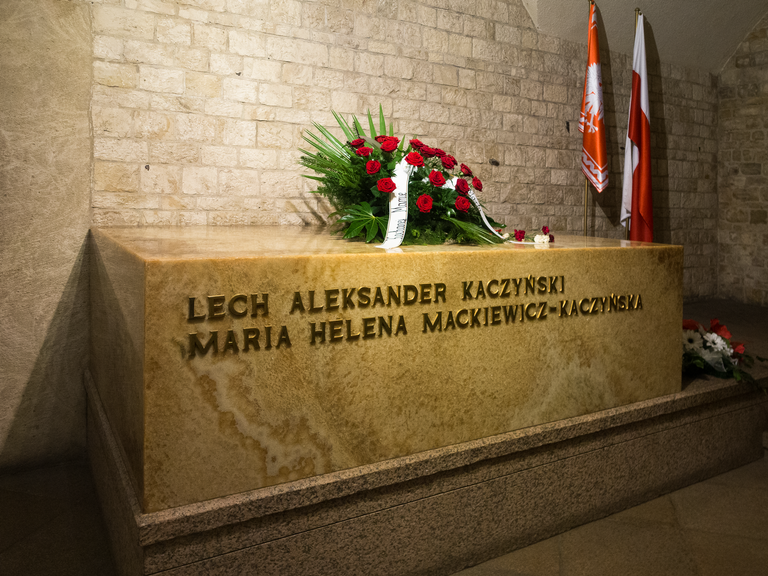
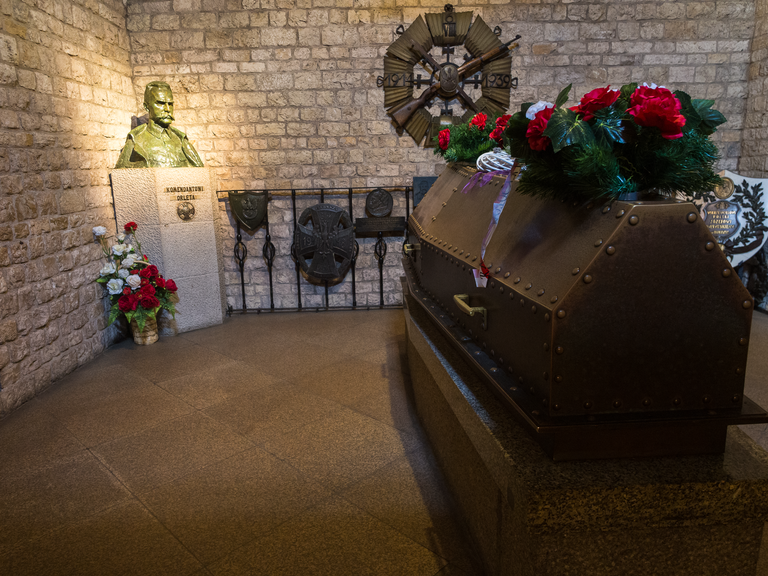
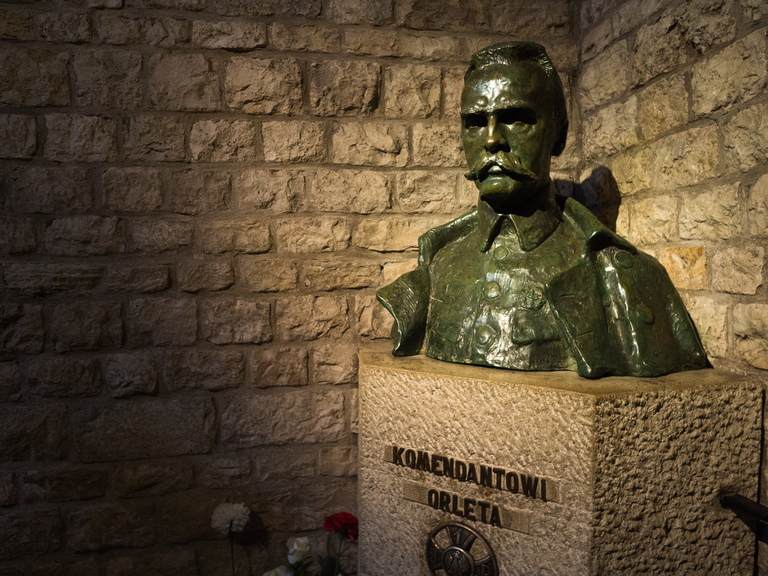
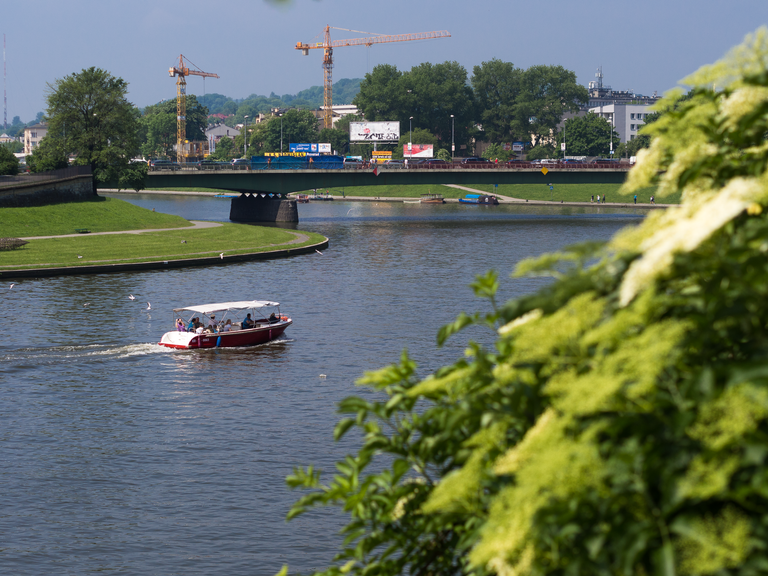
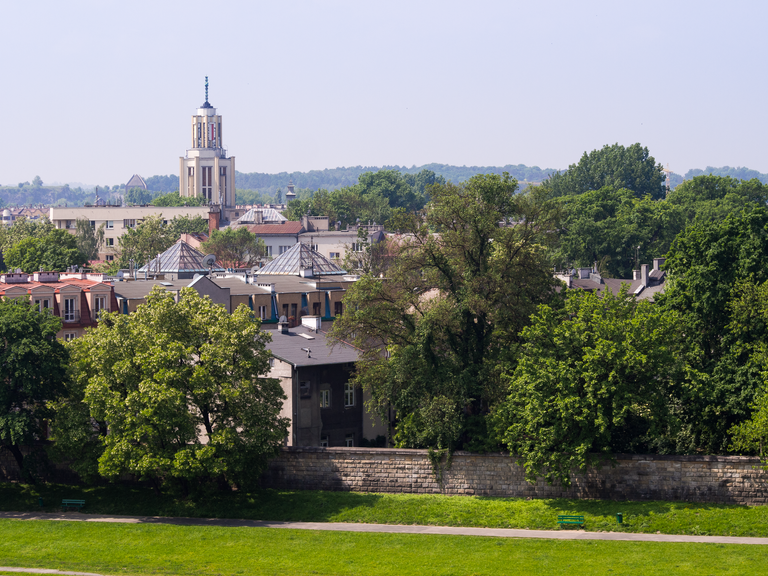


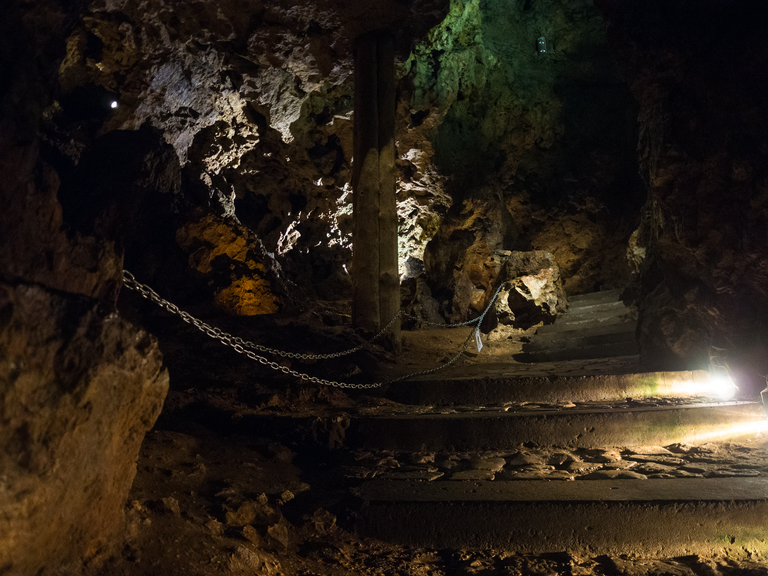
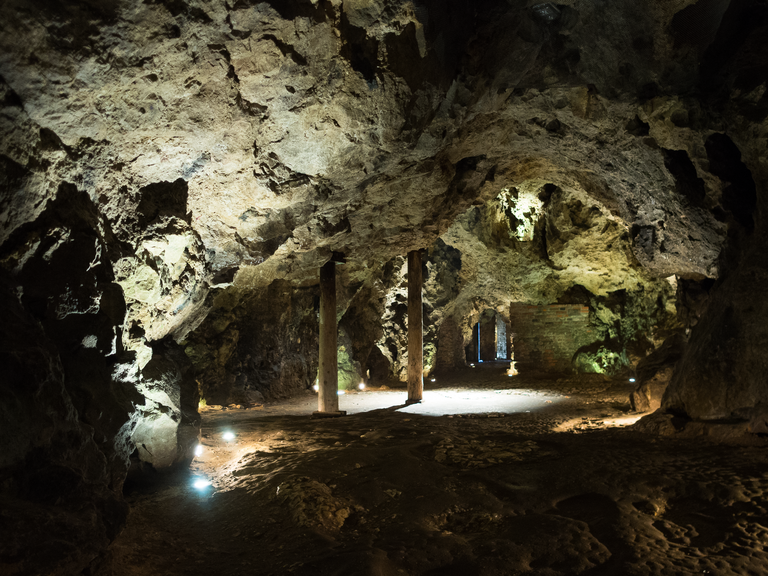

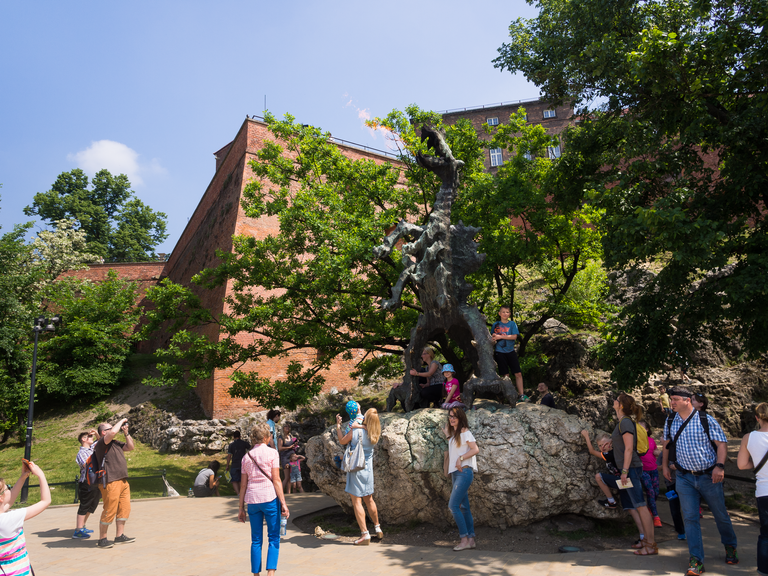
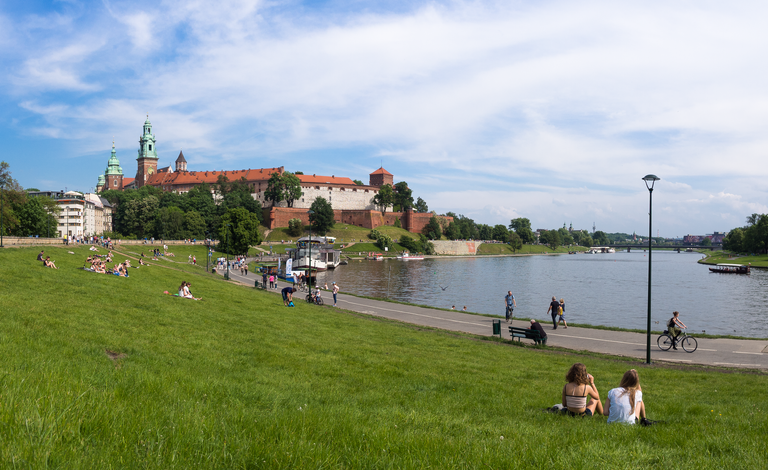
The rewards earned on this comment will go directly to the people( @storiesoferne ) sharing the post on Twitter as long as they are registered with @poshtoken. Sign up at https://hiveposh.com.
Congratulations, your post has been added to Pinmapple! 🎉🥳🍍
Did you know you have your own profile map?
And every post has their own map too!
Want to have your post on the map too?
Greetings friend, what a great experience you have given me through this post, it was like going to the castle, when I come across or with this kind of information in Hive I really like this makes me come out with very valuable cultural knowledge. Through the pictures you were able to give very interesting details and through different times, how strong that happened with the president and all his team in 2010. Thank you for all this knowledge.
I'm really glad you enjoyed it, thank you for taking the time to read my post! I myself like to read about such historical places, they are always so interesting.
Your content has been voted as a part of Encouragement program. Keep up the good work!
Use Ecency daily to boost your growth on platform!
Support Ecency
Vote for new Proposal
Delegate HP and earn more
Thank you!
Congratulations @sharker! You have completed the following achievement on the Hive blockchain and have been rewarded with new badge(s):
Your next target is to reach 140000 upvotes.
You can view your badges on your board and compare yourself to others in the Ranking
If you no longer want to receive notifications, reply to this comment with the word
STOPHiya, @choogirl here, just swinging by to let you know that this post made it into our Top 3 in Daily Travel Digest #1646.
Your post has been manually curated by the @pinmapple team. If you like what we're doing, please drop by to check out all the rest of today's great posts and consider supporting other authors like yourself and us so we can keep the project going!
Become part of our travel community:
Thank you!
Ммм! Очень красиво и завораживающе! Только представить, что такая древность сохранилась до сих пор. Фото супер!👍
Да, Краков - один из красивейших больших старинных городов в Европе. Приятно гулять, приятно смотреть на фото и вспоминать. И показывать эту красоту тоже приятно) Большое спасибо на добром слове :)
We have quite a few buildings covered by green plants in Romania but unfortunately they are not well maintained and actually left until the plants break the windows and ruin the whole construction. I love how that one is preserved tho! ❤️
Yes, I have heard and seen what happens to houses if people let the ivy grow freely on the walls and do not worry about the house. We need some balance between the beauty and functionality of the house :) I really liked this house, it looks both elegant and intact.
Beautiful photos!!
Thanks a lot! :)
Completely agree with you!